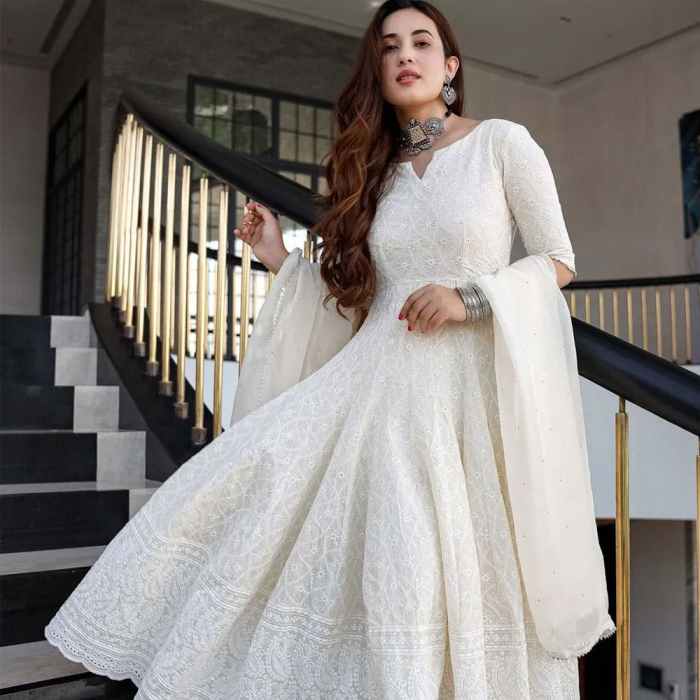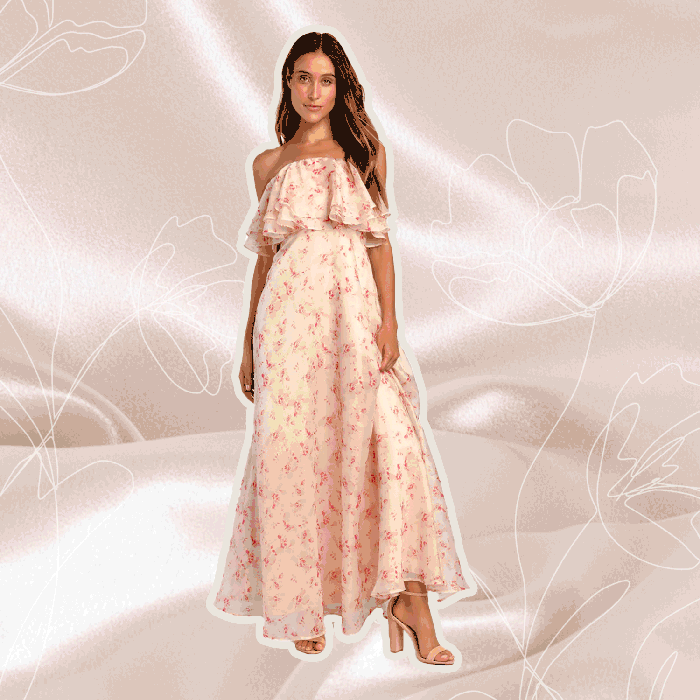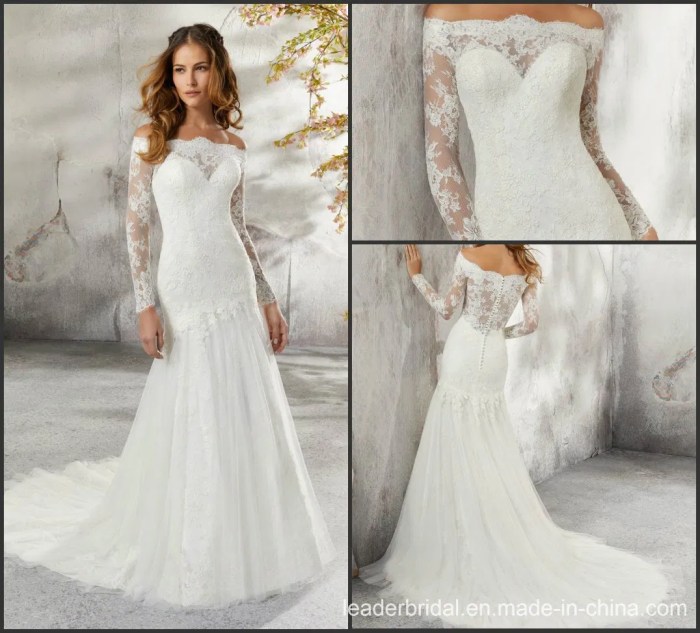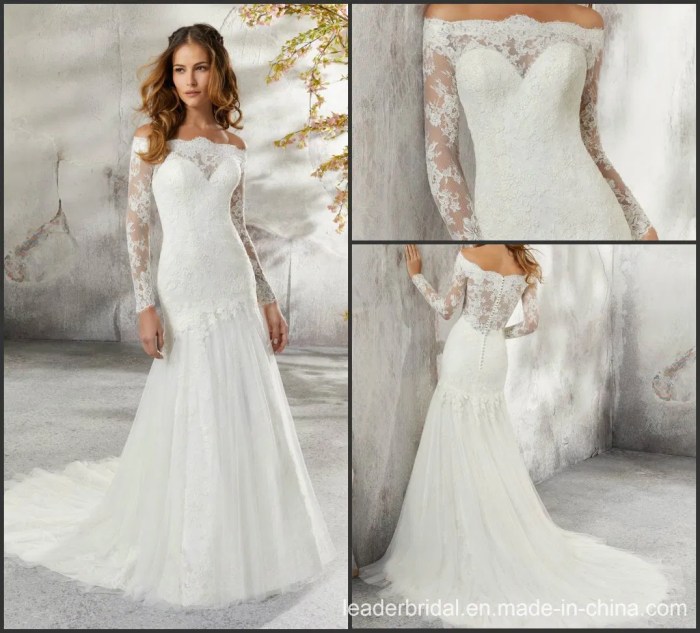Design Trends in Luxury Indian Wedding Dresses
The landscape of luxury Indian wedding dresses has undergone a significant transformation over the past decade, reflecting evolving fashion sensibilities and a fusion of traditional and contemporary aesthetics. This evolution is evident in the silhouettes, embellishments, and overall design philosophy.
Evolution of Design Trends
Over the past decade, we’ve seen a shift from heavily embellished, traditional styles towards more streamlined, contemporary designs. While intricate embroidery remains a staple, there’s a growing preference for cleaner lines and a focus on high-quality fabrics. The influence of international fashion trends is also noticeable, with elements of Western silhouettes subtly incorporated into traditional designs.
Popular Silhouettes and Necklines

Source: lbb.in
Currently, A-line lehengas, flowing Anarkalis, and elegant sarees remain highly popular choices. Among necklines, V-necks, boat necks, and sweetheart necklines are trending, offering a modern touch while complementing various body types. The choice often depends on the bride’s personal style and the overall aesthetic of the wedding.
Embellishments in Luxury Attire
Intricate embroidery, including zardozi, aari, and mukaish work, continues to be a defining feature of luxury Indian wedding dresses. These techniques, often passed down through generations, involve meticulous handwork using precious metals, beads, and stones. The use of kundan, polki, and other precious stones adds to the opulence and sparkle of the attire.
Traditional vs. Contemporary Design Elements
Traditional designs often feature rich, bold colors, intricate embroidery, and elaborate embellishments. Contemporary designs, while incorporating traditional elements, often prioritize clean lines, subtle embellishments, and a more minimalist approach. The balance between these two approaches is key in creating a modern yet culturally relevant look.
Comparison of Design Styles
| Style | Fabric | Embellishment | Price Range (USD) |
|---|---|---|---|
| Lehenga | Silk, Velvet, Brocade | Zardozi, Resham, Kundan | $1,000 – $10,000+ |
| Saree | Banarasi Silk, Kanjeevaram Silk, Net | Zari, Stonework, Embroidery | $500 – $5,000+ |
| Anarkali | Silk, Georgette, Net | Embroidery, Sequins, Beads | $700 – $7,000+ |
Fabrics and Materials Used in Luxury Indian Wedding Dresses
The choice of fabric significantly impacts the overall look, feel, and cost of a luxury Indian wedding dress. High-end designs often utilize luxurious fabrics known for their drape, texture, and inherent beauty.
Luxurious Fabrics and Their Properties
Silk, velvet, brocade, and net are some of the most commonly used fabrics. Silk, renowned for its luxurious sheen and drape, is often chosen for its breathability and comfort. Velvet adds richness and texture, while brocade offers intricate woven patterns. Net, often used as a base, provides a delicate and airy feel.
Fabric’s Contribution to the Overall Look
The fabric choice directly influences the silhouette, drape, and overall aesthetic of the dress. A flowing silk saree creates a different impression than a structured velvet lehenga. The interplay between fabric and embellishment further enhances the visual impact.
Comparison of Drape and Texture
Silk drapes beautifully and has a smooth, lustrous texture. Velvet has a plush, luxurious feel with a slightly heavier drape. Brocade offers a more structured feel with its intricate woven patterns. Net provides a delicate, lightweight drape, often used for overlay or embellishment.
Unique Qualities of Luxury Fabrics
- Banarasi Silk (India): Known for its intricate gold and silver zari work, ideal for sarees and lehengas.
- Kanjeevaram Silk (India): Celebrated for its rich colors and bold patterns, perfect for traditional sarees.
- Velvet (Various origins): Offers a luxurious, plush texture, suitable for lehengas and jackets.
- Brocade (Various origins): Features intricate woven patterns, often used in lehengas and sarees.
- Net (Various origins): Lightweight and delicate, commonly used as a base fabric or overlay.
Color Palettes and Styling in Luxury Indian Wedding Dresses
Color plays a pivotal role in shaping the overall aesthetic of a luxury Indian wedding dress. The choice of color palette often reflects personal preferences, cultural traditions, and the occasion itself.
Popular Color Palettes
Classic colors like red, gold, and maroon remain popular choices, symbolizing auspiciousness and prosperity. However, pastel shades, jewel tones, and even unconventional colors are gaining popularity, reflecting a shift towards more personalized choices.
Cultural Significance of Colors
Red symbolizes prosperity and good fortune, while gold represents wealth and divinity. Other colors hold cultural significance, and the choice often reflects regional traditions and family customs.
Impact of Color Choices
Color choices can dramatically alter the mood and aesthetic of the dress. Brighter colors create a vibrant and celebratory feel, while softer shades offer a more elegant and subtle look. The color also influences the choice of jewelry and accessories.
Styling with Jewelry and Accessories
A red lehenga might be styled with gold jewelry and traditional accessories, while a pastel-colored Anarkali could be paired with delicate silver jewelry and contemporary accessories. The interplay between color, jewelry, and accessories creates a cohesive and stylish look.
Examples of Color Palettes
- Classic Red & Gold: A timeless combination, representing tradition and prosperity. Suitable for a traditional wedding ceremony.
- Pastel Pink & Silver: A romantic and delicate palette, perfect for a daytime wedding or reception.
- Emerald Green & Gold: A luxurious and sophisticated choice, ideal for an evening wedding or cocktail function.
Illustrative Examples of Luxury Indian Wedding Dresses
The artistry and craftsmanship involved in creating luxury Indian wedding dresses are truly remarkable. Each dress tells a story, reflecting the designer’s vision and the bride’s unique personality.
Detailed Descriptions of Luxury Dresses
Imagine a richly embroidered red silk lehenga, adorned with intricate zardozi work and kundan detailing. The intricate patterns depict traditional motifs, while the rich red color symbolizes good fortune. Alternatively, envision a flowing pastel pink Anarkali, delicately embellished with sequins and beads, creating a romantic and ethereal look. Finally, picture a classic ivory silk saree, elegantly draped and accented with subtle zari work, offering a timeless and sophisticated appeal.
Craftsmanship and Techniques
The creation of these dresses involves meticulous handwork, often taking months to complete. Skilled artisans employ traditional techniques, ensuring each piece is unique and reflects a high level of craftsmanship. The precision and attention to detail are evident in every stitch and embellishment.
Embroidery and Embellishments
The embroidery techniques, materials, and patterns vary depending on the dress’s style and overall aesthetic. Zardozi, aari, and mukaish work are frequently used, along with precious stones, beads, and sequins. The choice of embellishments contributes to the dress’s overall opulence and visual impact.
Table of Dress Descriptions
| Dress Style | Fabric | Embellishments | Overall Impression |
|---|---|---|---|
| Lehenga | Red Silk | Zardozi, Kundan | Rich, Traditional, Auspicious |
| Anarkali | Pastel Pink Georgette | Sequins, Beads | Romantic, Ethereal, Delicate |
| Saree | Ivory Silk | Subtle Zari Work | Classic, Elegant, Timeless |
The Cost and Craftsmanship of Luxury Indian Wedding Dresses
The high cost of luxury Indian wedding dresses reflects the extensive labor, high-quality materials, and intricate craftsmanship involved in their creation. These are not merely garments; they are works of art.
Factors Contributing to High Cost, Luxury indian wedding dresses
The cost is driven by several factors: the quality and type of fabric used, the intricacy and type of embroidery or embellishments, the number of hours of handwork required, and the reputation and expertise of the designer or atelier. The use of precious metals and stones further increases the cost.
Intricate Handwork and Craftsmanship
Many luxury dresses involve hundreds, even thousands, of hours of handwork. Skilled artisans painstakingly create intricate embroidery patterns, meticulously attaching embellishments, and ensuring a flawless finish. This level of craftsmanship is rare and highly valued.
Cost and Craftsmanship of Embellishments
The cost of embellishments varies widely depending on the materials used. Precious stones like kundan and polki are significantly more expensive than beads or sequins. The intricacy of the embroidery also impacts the cost; more complex patterns require more time and skill.
Impact of Detail on Price
The level of detail directly impacts the overall price. A dress with minimal embellishments will be less expensive than one heavily adorned with intricate embroidery and precious stones. The time and skill required for each element contribute to the final cost.
Stages of Production and Associated Costs
- Fabric Selection & Sourcing: Cost varies depending on the fabric’s quality and rarity.
- Pattern Making & Cutting: Requires skilled labor and precision.
- Embroidery & Embellishment: The most labor-intensive and costly stage.
- Stitching & Assembly: Requires skilled seamstresses for a flawless finish.
- Finishing & Quality Control: Ensures the dress meets the highest standards.
User Queries
How long does it take to create a luxury Indian wedding dress?
Luxury Indian wedding dresses often command attention with their intricate embroidery and rich fabrics. However, the attire for guests can vary widely; if you’re looking for something less formal, you might find inspiration in the selection of informal wedding guest dresses available online. Returning to the opulence of the main event, the bride’s ensemble is typically a breathtaking masterpiece, a stunning contrast to the more relaxed guest attire.
The creation time varies greatly depending on the intricacy of the design and embellishments, but it can range from several weeks to several months.
What are some common alterations needed for luxury Indian wedding dresses?
Common alterations include adjustments to length, bust, waist, and sleeves. Hemlines, sleeve adjustments, and minor fitting alterations are frequently requested.
Where can I find reputable designers of luxury Indian wedding dresses?
Reputable designers can be found through online directories, bridal magazines, and recommendations from wedding planners or other brides.
How should I care for my luxury Indian wedding dress after the wedding?
Professional dry cleaning is recommended. Store the dress in a breathable garment bag in a cool, dry place to prevent damage.



